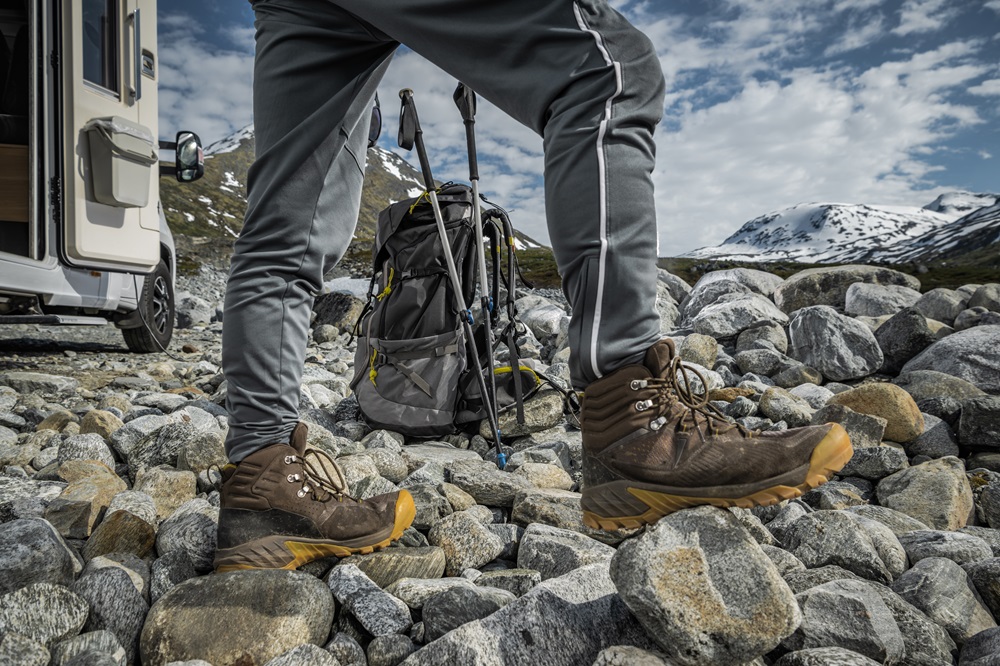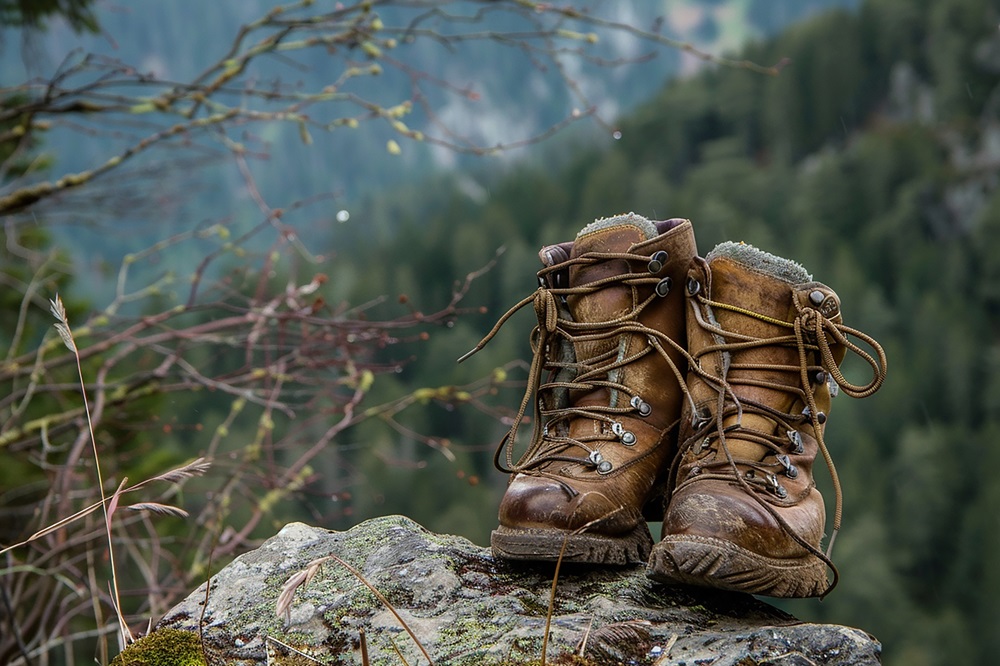Scoring a pair of comfortable double mountaineering boots with perfectly compatible crampon binding seems near impossible. This guide covers professional fitting techniques for toes-to-heel precision.
Finding skimpy boots that crush your toes is easy. Used mounts selling for dirt cheap also tempt bargain hunters.
But mastering fit intricacies spanning foot length, crampon spacing and stiffness takes scrutiny bordering on obsession.
Follow this comprehensive fitting methodology to unlock your Goldilocks pair meeting every metric.
Analyze Activity Levels
Casual climbers prioritize comfort selecting flexible boots allowing fuller toe splay. But serious mountaineers need ultra-rigid soles and tight precision transferring maximum power into the next axe swing or kicked step.
When boot shopping, you should identify the highest level of intended terrain difficulty and then buy sized accordingly.
Measure Both Feet Properly
Don’t assume symmetrical foot sizes. Professional fits measure each individually while standing using Brannock devices.
You should replicate this using the wall test: place heels against the wall then measure from tips to the wall barefoot. The longer reading defines your proper boot size.
Focus on Toe Box Dimensions
Favor boots featuring roomy, angled-toe boxes over styles shaped like straight-walled closets.
Prioritize diagonal interior dimensions enabling toes to fully splay driving kicks. Avoid any pinching side-to-side when kicking into boot shells.
Gauge Thumb Space From Tips
With toes pressed firmly into boot tips, wiggle your thumb down vertically from the top starting just behind the toes.
You should confirm at least 1-inch clearance before your thumb hits the toe tips. Anything less crushes feet on long descents.
Analyze Heel Lockdown
Vigorously kick into boots with the liners out while monitoring heel lift visually within the shell.
Minimal upward heel movement confirms solid rear lockdown. Excess lift indicates sloppy fit jeopardizing traction on steeps when weight transfers forward.
Consider Custom Footbeds
Aftermarket footbeds like Superfeet better optimize contact and control if factory soles don’t stabilize feet ideally.
You should scrutinize medial arch fit and heel cupping with stock footbeds before deciding if upgrading various aftermarket options makes sense.
Check Ankle Flexion
Repeatedly pivot ankles when laced tightly to measure mobility against likely equipment needs.
Maximum flexion suits general mountaineering. But restrictive rigidity focusing power suits hardcore ice climbing, warranted only when necessary.
Nail Ideal Crampon Fit
Perfectly aligned crampon harness slots mirror boot attachment points spacing-wise so straps center cleanly without off-axis twisting underfoot.
You should confirm harnesses align securing front points positioned for vertical contact climbing ice without snagging outwards.
Scrutinize Forward Flex
Ideally, boot tips easily roll upward as shins press forward then snap back straight standing neutrally.
This “rocker” enables fluid walking motion unlike rigid pleather boots forcing Frankenstein-esque stiff legging.

Vet Zoned Insulation Strengths
Premium double boots feature intelligent climate zoning – lightweight insulation over toes, anklets, and collars, and ultra-thick barriers along vulnerable arches and around shanks.
You should validate insulation meshes well with planned excursion severity before assuming any boots suffice for hardcore multi-day ice expeditions.
Try Heat Molding Liners
Some thermo-moldable liners custom-shape to unique feet by heating then cooling boots on during 10 minutes of walking after initial sizing feels dialed.
You may further personalize snugness, stability, and comfort heat molding boots yourself through the liner versus living with generic factory molds.
Getting every mountaineering boot buying criteria perfectly dialed takes effort and likely multiple rounds.
But once discovering the unicorn model striking gear, crampon, and comfort harmony, the payoff of optimized precision, power, and warmth lasts for years of battling vertical ice.
Summary: Finding perfectly fitting double mountaineering boots demands meticulous scrutiny spanning toe room, heel lockdown, ankle flexion, crampon harness alignment and insulation levels matching intended excursion extremes.


